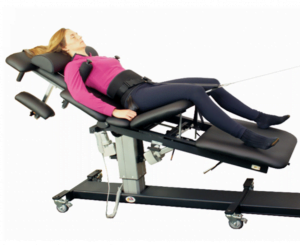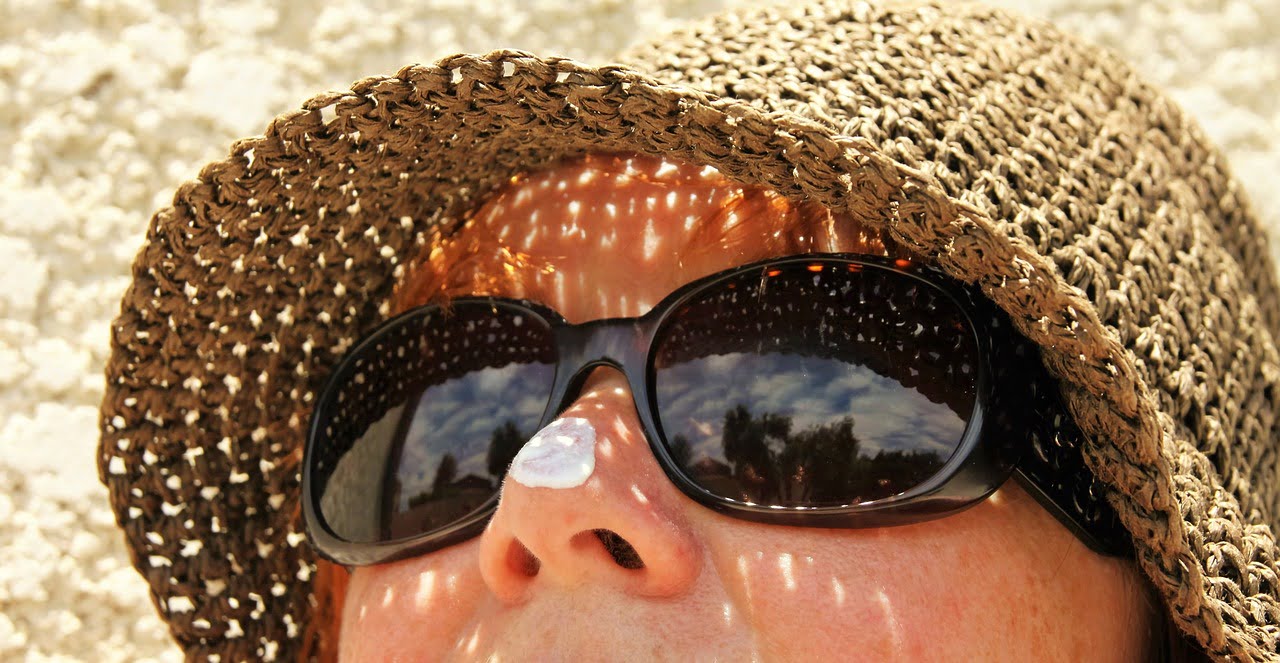
Non-Surgical Spinal Decompression: Is it Right For You?
Pain, pain go away!
Sometimes, I come across patients who have suffered a pain condition for a long time that no therapies have resolved, despite our best efforts. It can be frustrating, debilitating and depressing to get no relief. Fortunately for some conditions, I’m able to recommend a treatment alternative that has been very successful for many of my patients: non-surgical spinal decompression.
Spinal decompression is a therapy designed with the goal of alleviating pain and promoting healing of the intervertebral disc. It’s recommended for sufferers of many types of back pain, neck pain and arm/leg pain, tingling and numbness associated with spinal nerve irritation.
It’s not appropriate for every pain condition, but it is a tool in our toolbox of pain treatment. So let’s take a look at non-surgical spinal decompression for pain relief and you can decide if it’s something to discuss with your physician.
How spinal decompression works
In a nutshell, spinal decompression stretches the spine by having the patient lie on a traction table (or similar motorized device). The device stretches and relaxes the spine intermittently in a controlled fashion. The thinking behind this approach is that if we create negative pressure within the disc itself, a couple of things can happen.
First, the process can retract or reposition the herniated or bulging disc material back into the disc. But also, it can promote the influx of healing nutrients into the disc, which will foster a better environment for healing to occur.
We conduct this treatment right in our office. During this therapy, patients lie on the traction table (either face up or face down, depending on the area of treatment and patient comfort).
 For the low back, a harness is placed around the hips and is attached to the foot side of the equipment. The lower half of the table slides back and forth with a back and forth with a setting of a calculated number pounds of force while the upper portion remains fixed, creating an alternating axial decompression and rest. For the neck, the patient rests their head in a comfortable neck cradle while a specific number of pounds of pressure pulls the head and neck gently alternating between axial decompression and rest.
For the low back, a harness is placed around the hips and is attached to the foot side of the equipment. The lower half of the table slides back and forth with a back and forth with a setting of a calculated number pounds of force while the upper portion remains fixed, creating an alternating axial decompression and rest. For the neck, the patient rests their head in a comfortable neck cradle while a specific number of pounds of pressure pulls the head and neck gently alternating between axial decompression and rest.
Many of my patients wonder if this process is painful. The answer is no. If you are having spinal decompression therapy, you should feel no pain during or after the treatment and only a stretching sensation in the spine.
“I really enjoy having decompression as an option for patients with arm or leg pain, tingling or numbness that is not responding to chiropractic and physical therapy. We really don’t like have to send a patient for a surgical consultation. For those few patients who aren’t getting well with chiropractic and physical therapy, the decompression typically works well and we can avoid sending them to a surgeon,” said Dr. Sharman
Treatment length and associated costs
Most spinal decompression therapy involves anywhere from 10 to 20 treatments, lasting about 15 minutes each. Best results are achieved by having treatment 3 to 4 times a week at least for the first 10 sessions. In our office, the cost is $40 per session. Patients can receive 15% off if they purchase a package of 10 for $340, making the session $34 a visit. We do not bill insurance for spinal decompression.
Like most pain relief therapies we recommend, I also encourage other therapies to go along with spinal decompression to help it be more effective. This may include electric stimulation, ultrasound, cold/heat therapy applied during or after spinal decompression treatment. I also find myself recommending that patients drink up to a half-gallon of water each day, rest (always), participate in a nutritional supplement protocol and perform exercises on their own to increase their strength and mobility.
Getting rid of pain doesn’t happen overnight – so patients that are a good fit for spinal decompression need to be prepared for a many weeks process and a commitment to follow the treatment approach I recommend.
Pros/Cons – and success rate for spinal decompression
You may know someone who has had spinal compression therapy. The concept has been around for a number of years, but there has not been enough clinical evidence to support the claims of its effectiveness. However, many believe that the positive results of the patients speak for themselves. And countless chiropractors have been using spinal decompression – with positive results – for over ten years.
Pros
- Overall reduction in pain and ability to return to daily activities
- May start getting relief after five or six treatments
- May have reduction in the size of the disc herniation
- Avoid surgery and drugs
- Safe, with no pain and little if any side effects
Cons
- Lasting relief may not happen until protocol is finished, which may be four to six weeks
- Protocol may require as many as four visits per week
- Can get expensive, due to the number of treatments
Final verdict
Like many treatment options, non-surgical spinal decompression won’t work for everyone. And for certain groups of people, such as pregnant women, people with metal hardware in the area of treatment and others, it’s not an option. However, for those who DO qualify and have the right pain condition to respond to spinal decompression, it can be the pain relief answer they’ve been looking for.
My hope is that we will continue to invest in clinical research into this therapy so as to present more evidence to show what we, as chiropractors, have experienced with our patients. If you think spinal decompression is an approach you’d like to consider for relieving your pain condition, please let me know. Schedule a free consultation to see if you are a candidate for decompression. If I think it’s a good fit and will benefit you, we’ll work together to assemble a treatment plan.

